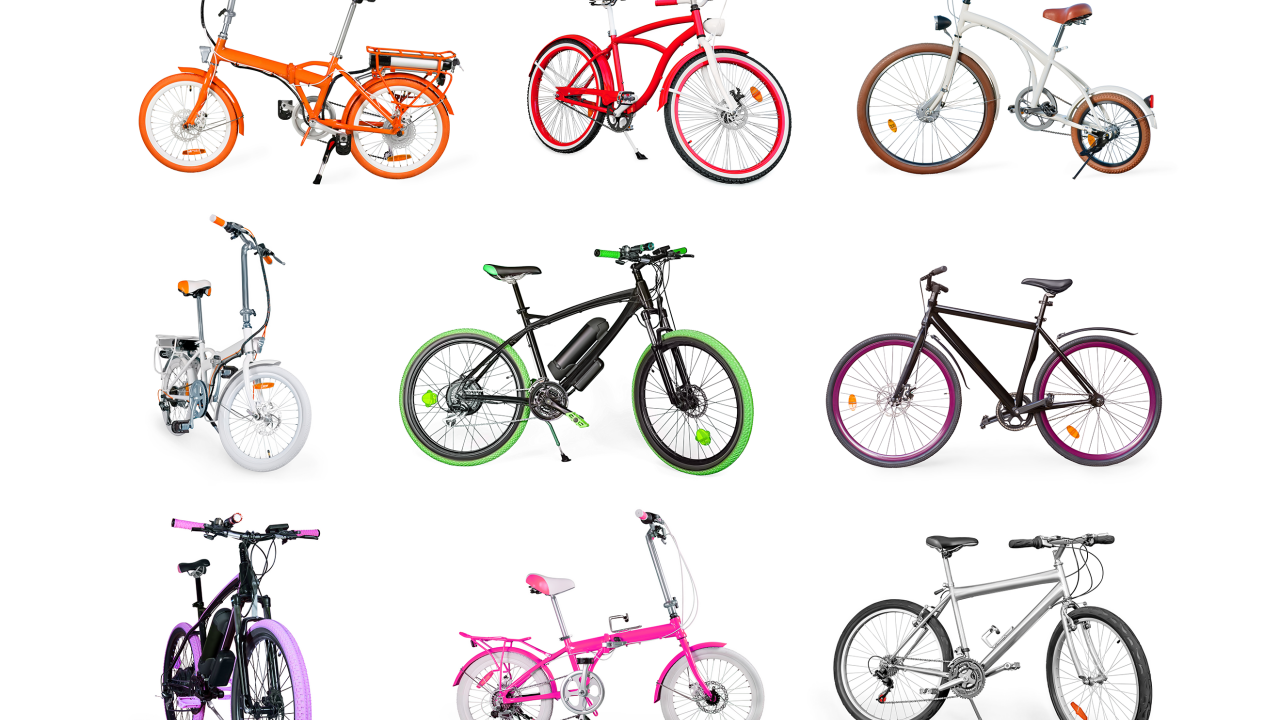The following is a guest post by Liz Bernier of the UCLA Bike Shop and Bike Coordinator for UCLA Recreation.
Bicycle Types
Hybrid bikes (e.g., Felt Verza) are built mostly for comfort. They allow riders to sit in a relaxed, upright position from which they can survey their surroundings easily. In addition, they usually have suspension forks, seatposts and/or saddles to make bumps and potholes in the road less jarring. If you travel just a couple of miles or fewer to work and aren't particularly concerned with speed, this type of bike may be for you.
Mountain bikes (e.g., Giant Revel) and road bikes with flat handlebars (e.g., Specialized Sirrus) offer a compromise between speed and comfort. A growing number of urban/city/town bikes (e.g., Kona Dew) built for commuters also strike this balance; they are sometimes even equipped with cargo racks to help carry your gear as well as chainguards and/or fenders to help keep your clothes clean while you ride (e.g., Civia Twin City).
Road bikes (e.g., Novara Carema) with drop handlebars are designed mainly for speed. They require riders to sit in tucked, aerodynamic positions that enable them to transfer lots of power to their pedal strokes. If you have a long commute, encounter sizeable hills or like going fast, a road bike is probably the bike for you. Cyclocross (e.g., Trek CrossRip) and touring bikes (e.g., Surly Long-Haul-Trucker) are special kinds of road bikes that are well-suited to urban riding. Fixed-gear/single-speed bikes (e.g., Bianchi Pista) are a simple style of road bike perfect for flat terrain.
Entry-level hybrid, mountain and city bikes commonly start at around $400 new. By contrast, basic road-bikes ordinarily cost at least $700 new. Mountain or city bikes fitted with thin, slick, high-pressure tires can be almost as fast as road bikes, making them a less expensive—and possibly sturdier—alternative.
New or used
If you can afford to spend about $450 (including tax) on a bike, buying new from a bike shop (e.g., Helen's Cycles) can make lots of sense. Bike shops offer test rides, thereby permitting you to feel the difference between bike types and sizes. They also provide free adjustments during the first year after your purchase. A new bike of decent quality can be a great investment considering that a well-maintained one can last for years, bring a host of health benefits and reduce spending on motor vehicles or public transportation.
If you prefer buying used or $450 isn't in your budget, exploring the market for used bikes is another option. Many people, through careful research and/or luck, find good values on used bikes. However, plenty of people unfortunately get bad deals, then have to pay for expensive repairs or restart their searches. A good place to start looking for a used bike is at a bike shop that sells refurbished bikes. Used bikes are also available through online sources (e.g., Craigslist) and at pawn shops, flea markets and swap meets.
Discount stores (e.g., Walmart) sell bikes for far under $450. However, because these bikes have low-quality components and are often assembled poorly, they tend to require frequent service and part upgrades. Therefore, the real cost of these bikes can actually be higher than the cost of an entry-level bike from a bike shop.
Carrying Gear
The simplest way to carry your gear is with a backpack you already own. When riding road or mountain bikes, however, messenger bags are less likely than regular bags to bump into the back of your head. Alternatively, especially if you carry a lot of gear, using a rear rack and panniers can help make the commute more enjoyable by taking pressure off of your seater and reducing the amount that you sweat. In addition, weight carried low on a bike and over its rear wheel has the least effect on the bike's handling.
Image Credit: Getty Images






